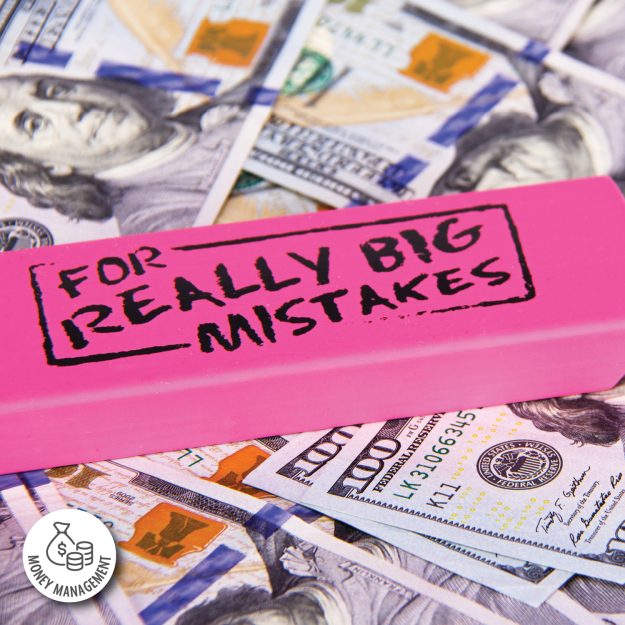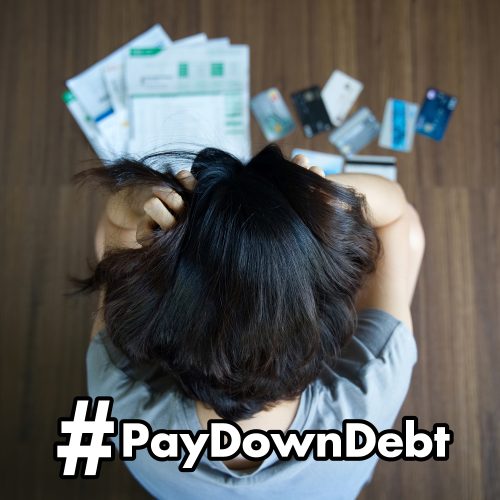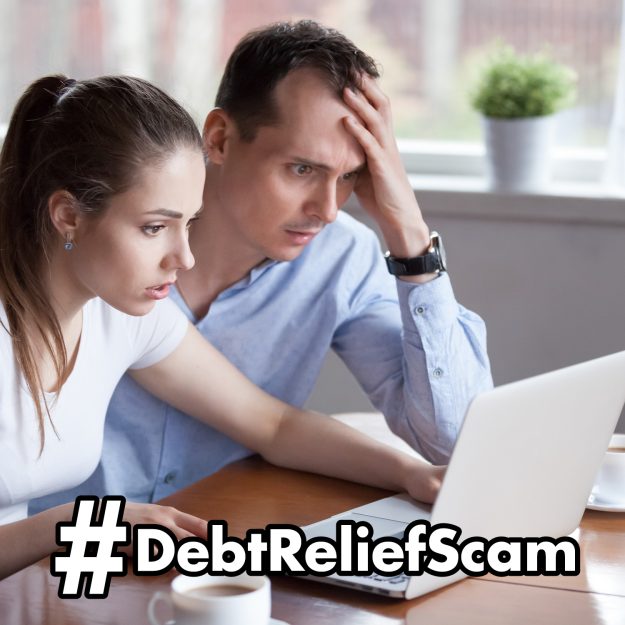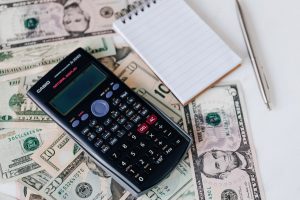Three Common Money Mistakes People Make
Managing money responsibly doesn’t just happen. Even with the best of intentions, many people make mistakes in how they handle money – and they don’t even realize it. But there’s good news! Harmful behaviors can be unlearned. Let’s look at three common money mistakes and how to fix them.
Mistake #1: Ignoring one’s financial situation
It is common for people to go about everyday living without a whole lot of thought toward their money. They may not know how much they have in their checking and saving accounts. They could also jam their heads in the sand when it comes to their outstanding debt. Awareness of how good or bad their credit score is? Forget about it! The hard truth, though, is that ignoring money can lead to big-time consequences, like excessive debt, missed payments and zilch in savings.
The fix: To avoid this mistake, assess your income, expenses and savings regularly. Creating a budget can help you get a handle on your financial inflows and outflows. This way, you can identify areas where you can cut back, save more and achieve and maintain financial wellness.
Mistake #2: Not having a clear money vision
The second common money mistake is a lack of financial plans or goals. Without an established money vision, it can be challenging to make smart money choices.
The fix: Establish short-term and long-term financial goals. Whether it’s saving for a down payment on a house, starting a business or planning for retirement, having a clear vision will guide and motivate all your financial decisions while ensuring they’re choices you can live with for years to come.
Mistake #3: Not discussing money
The third common money mistake is failing to talk about money with one’s life partner. Money is a sensitive topic, and many people believe they can avoid arguing over money by not talking about money. Unfortunately, though, not talking about it can lead to misunderstandings, conflict and financial instability within the relationship.
The fix: Have open and honest discussions about money with your partner. By establishing open lines of communication, you can work together to create a joint financial plan that aligns with both partners’ values and aspirations.
Use this guide to learn how to fix three common money mistakes and avoid making them in the future.










